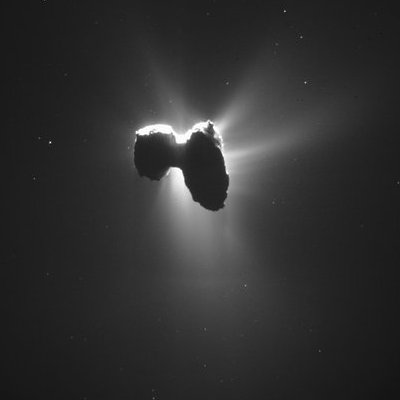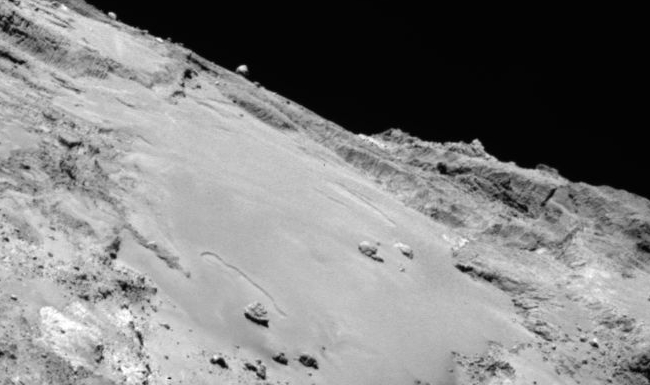Rosetta’s landing site chosen

The Rosetta science team has chosen the spacecraft’s landing site on Comet 67P/C-G. The picture on the right shows this region, dubbed Ma’at, located on the comet’s smaller lobe. I also note that this decision makes no mention of Philae, and that there has been no word from the scientists on whether their recent close-up imagery of the comet has located the lander.
I had hoped that they would find it and then aim the final descent toward it, but this apparently is not happening.

The Rosetta science team has chosen the spacecraft’s landing site on Comet 67P/C-G. The picture on the right shows this region, dubbed Ma’at, located on the comet’s smaller lobe. I also note that this decision makes no mention of Philae, and that there has been no word from the scientists on whether their recent close-up imagery of the comet has located the lander.
I had hoped that they would find it and then aim the final descent toward it, but this apparently is not happening.




